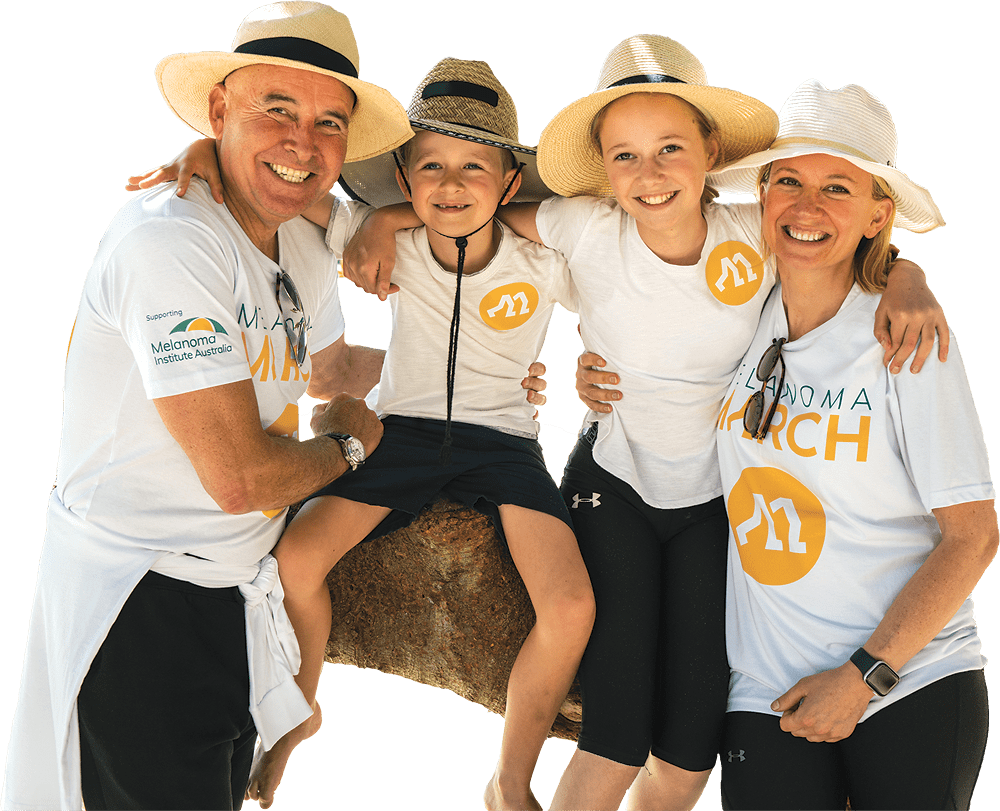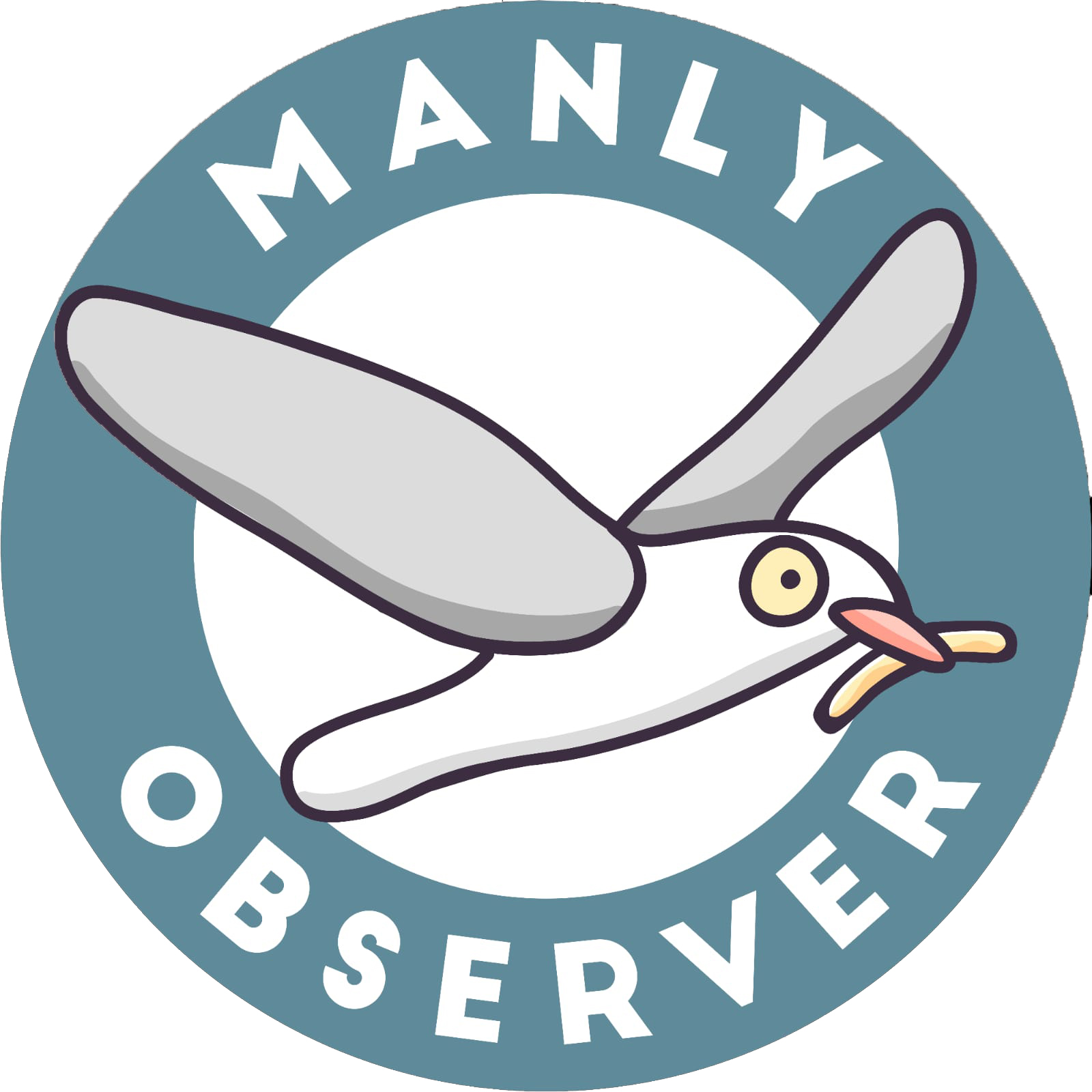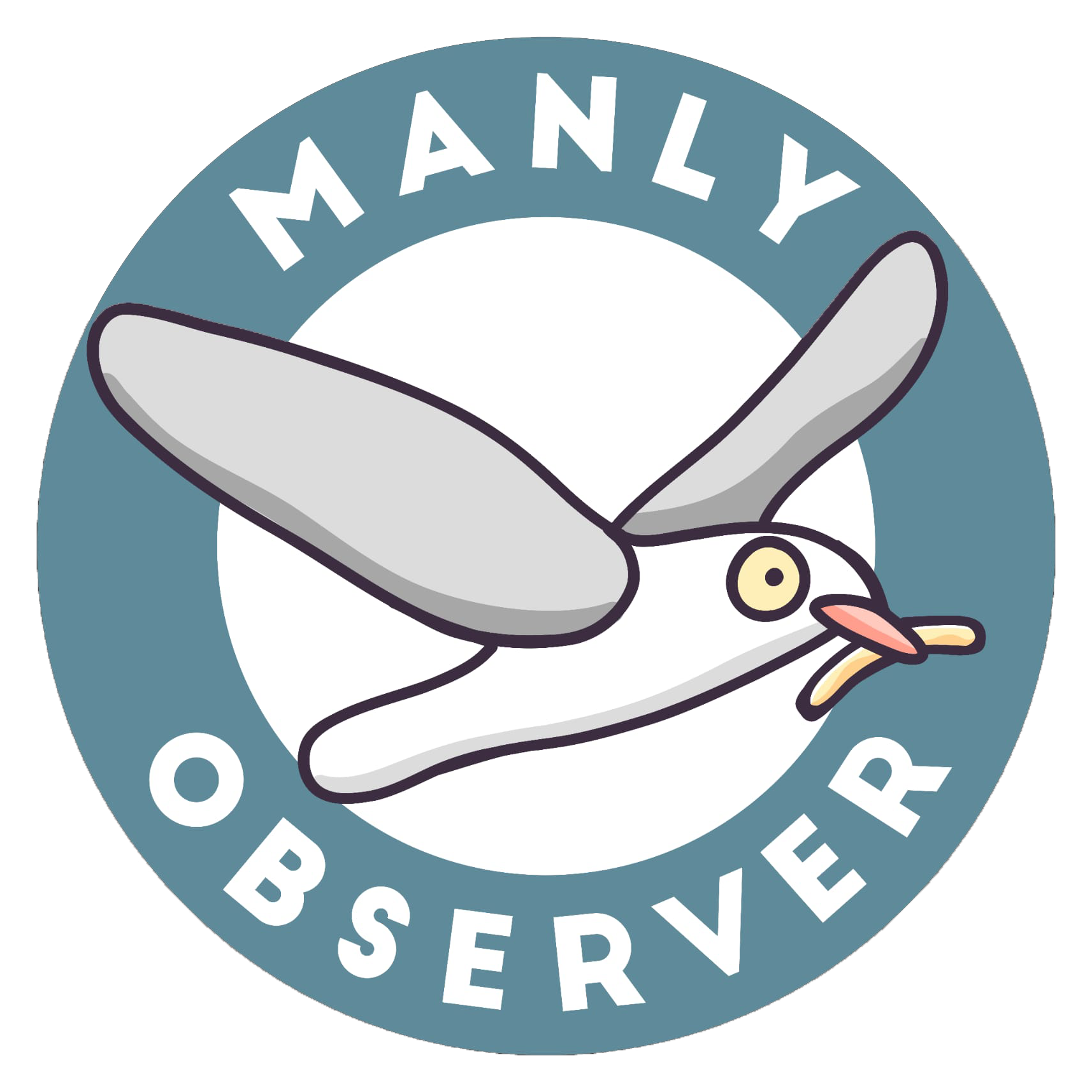Skin cancer awareness ambassadors, including multi-award-winning swimmer Cate Campbell, met in Manly Life Saving Club on Friday 25 March, to raise awareness of melanoma and help raise funds to combat the disease.
The occasion was to promote the Melanoma March, Melanoma Institute Australia’s major annual fundraising campaign. Melanoma awareness events take place nationwide throughout March each year with the Northern Beaches event scheduled for Sunday 27 March along Manly Promenade.
The sponsored walk returns to Manly after a two-year hiatus when the Covid-19 pandemic prevented the 2020-21 events across Australia.
“Melanoma March is a cause very close to my heart,” Cate Campbell revealed. “I had a melanoma scare in 2018 and it really brought the prevalence of melanoma to the forefront of my mind.”
The four-time Olympic Games athlete needed surgery to remove a mole that was diagnosed as a stage 1 melanoma, but her operation was successful and she has since become an ambassador for Melanoma Institute Australia. She now bears a surgery scar on her upper right arm.
“This Melanoma March we’re raising awareness and funds for life saving cancer research,” she continued. “Funds that are raised will go towards treatment that potentially will save many people’s lives.
“Melanoma is the number one cancer among young Australians, in that so-called ‘invincible’ group, because it’s not something we think about. Cancer is something that tends to be something that is shunted towards the older demographic. But we’re outdoors mostly and like to spend a lot of time in the sun, and so raising awareness of the prevalence of melanoma in young people, like myself, is a cause very close to my heart.”
Melanoma March actually began in Manly when local resident James Economides launched a community event in 2012 to raise awareness of melanoma and funds for research into causes and treatment. He began the campaign in honour of his son, Michael, who passed away from melanoma in 2008, aged just 20.
Other speakers at the advocacy included Northern Beaches Mayor Michael Regan and Allambie Heights resident Lauren Walker, both of whom have been impacted by melanoma, and Jennifer Durante from Melanoma Institute Australia.
For the Mayor, his father tragically succumbed to melanoma. “My father first had melanoma at 16 years of age,” Mayor Regan revealed. He endured invasive surgery that left significant scarring on his neck.
“Sadly, when he was my age, at 49, he passed away from the cancer he had secondary to that. For me it was a big deal, because we had two young kids as well [his father’s grandchildren], so it affected me quite personally and changed my life.”
For Ms Walker, after a cancerous mole was removed in 2017 she was given the all-clear. However, in June 2020 it was discovered she had stage IV melanoma – often terminal. Miraculously, a breakthrough immunotherapy treatment that triggered a metabolic response completely reversed her cancer.
For Sunday’s fundraising walk on Manly seafront she is team leader for the ‘Manly Moles’ sponsored walkers.

Immunotherapy trial
This year, Melanoma March is aiming to raise $1 million for a pioneering clinical trial of a Personalised Immunotherapy Platform (PIP), which could revolutionise cancer treatment internationally.
PIP is a complex tool developed by Melanoma Institute Australia that “uses a patient’s individual tumour biomarkers to predict resistance to current treatment and identify alternative effective drug therapies to improve survival.
“Currently, 50% of advanced melanoma patients don’t respond to, or develop resistance to the immunotherapy treatment which saves others. The clinical trial is to test a Personalised Immunotherapy Platform designed to ensure these patients get effective treatment the first time, based on their own genetics and tumour biology.”
What is melanoma?
Australia has the highest melanoma rates in the world. On average, two Australians are diagnosed every hour and it kills one Australian every five hours. Melanoma is the most common cancer affecting 15 to 39 year olds and it is estimated 1300 people will die from it in Australia this year.
According to the Cancer Council of NSW, “Melanoma is a type of skin cancer. It develops in the skin cells called melanocytes and usually occurs on parts of the body that have been overexposed to the sun…
“Melanocytes sit between the basal cells and produce a dark pigment called melanin, the substance that gives skin its colour. When skin is exposed to ultraviolet (UV) radiation, melanocytes make extra melanin to try to protect the skin from getting burnt. This is what causes skin to tan.
“Melanocytes are also in non-cancerous (benign) spots on the skin called moles or naevi. Most moles are brown, tan or pink in colour and round in shape.”

Melanomas most commonly appear on the legs of women, whilst on men they more typically develop on their trunk. However, not just skin that has been overexposed to the sun is vulnerable.
According to the Cancer Council, “Rarely, melanomas can also start inside the eye or in a part of the skin or body that has never been exposed to the sun, such as mucous membranes (e.g. sinuses, digestive tract, genitals), the soles of the feet or palms of the hands, and under the nails.
“Melanoma is not the only type of skin cancer… However, melanoma is considered the most serious form of skin cancer because it is more likely to spread to other parts of the body, especially if not found early. The earlier melanoma is found, the more successful treatment is likely to be.”
Melanoma detection
Finding melanoma at an early stage is essential in treating the disease, because early detection significantly increase your chances for cure and recovery.
Detection involves two methods of inspection:
(1) Ugly Duckling. Allowing for the fact that most moles look similar, the ‘ugly duckling’ (to borrow from a children’s story) that stands out from its neighbours, such as darker or larger, or conversely, smaller or lighter than the surrounding moles, is the one that needs medical attention.
(2) ABCDE. The first five letters of the alphabet are a memory aid to recognise the warning signs of melanoma.
A = Asymmetry. Most melanoma moles are not round or oval but feature non-matching halves that are not symmetrical like typical moles.
B = Border. While common moles have smoother edges, melanoma moles have notched or ‘scalloped’ borders.
C = Color. Regular moles tend to be a single shade of brown, whether it be light or dark, but melanoma moles consist of varying shades of tan, dark brown, or black. As the mole grows larger, the colours red, blue or white may appear in the pigmentation too. An overtly dark mole or lesion should be investigated as a precaution.
D = Diameter. If a lesion or mole grows to the size of the typical eraser on the back of a pencil – approximately 6mm in width – get it checked as soon as possible.
E = Evolving. If you notice a mole or lesion starts to change shape, colour or size, or swells, bleeds, crusts or itches, get it checked by a dermatologist as soon as possible.
Melanoma facts
https://melanoma.org.au/about-melanoma/
https://melanomapatients.org.au/what-is-melanoma/melanoma-facts/
To get involved in the Melanoma March



